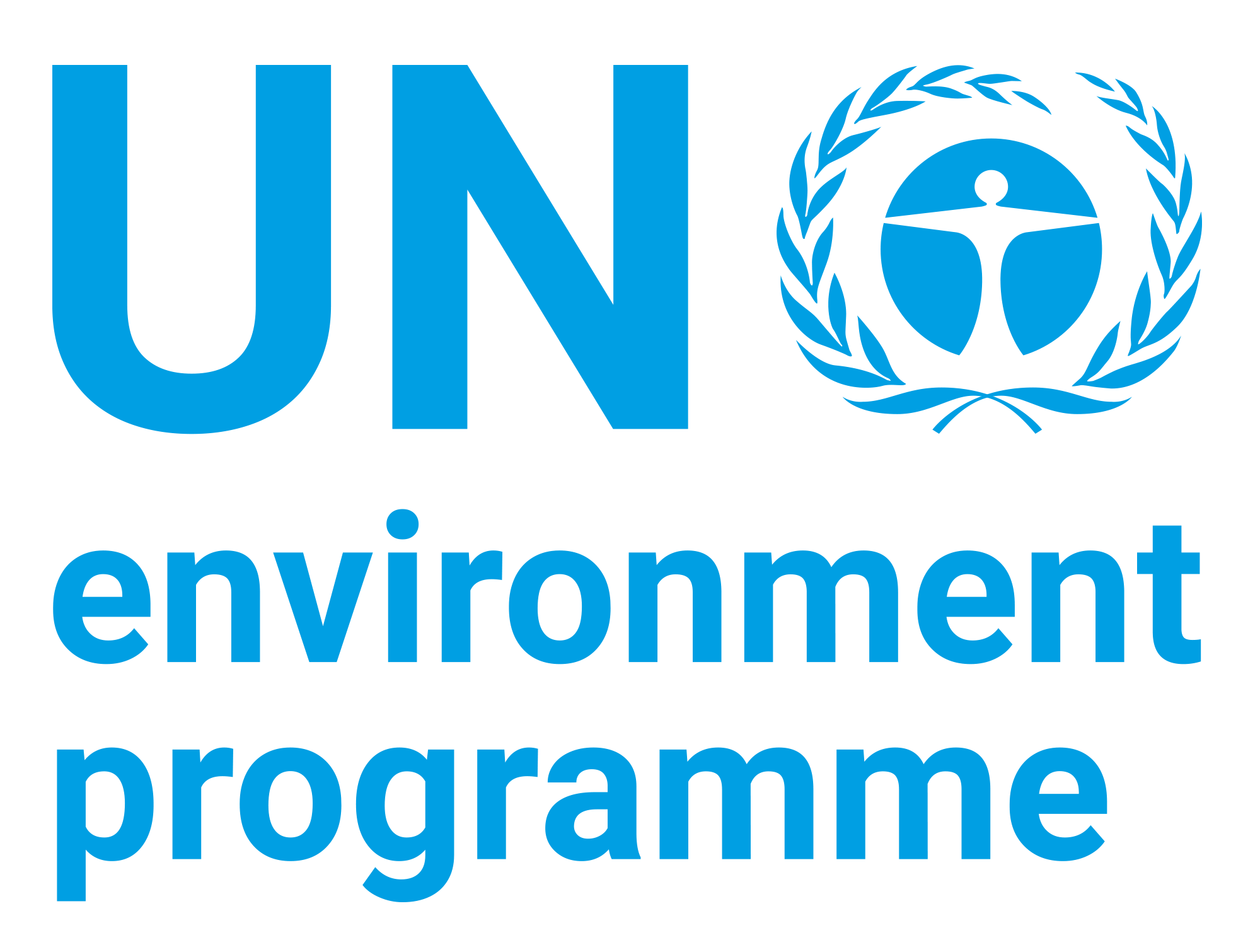| dc.description | Almost five years after a cyanide spill from a gold mine in northern Romania travelled down the Tisza river in Hungary, leaving a trail of ecological destruction in its wake, local communities in the region remain at risk from floods and industrial pollution. Despite the lessons learned from the Baia Mare catastrophe in January 2000, the Tisza river basin, its people and nature remain threatened by environmental insecurity, in particular from floods and accidental pollution risks, according to a new report from the United Nations Environment Programme (UNEP). The new report notes that the Tsiza river basin ecosystem is regenerating itself after the cyanide accident, with wildlife largely recovering. But, it says more concerted action is needed to address environmental threats or insecurities, and recommends an Integrated Sustainable Development Strategy for the entire catchment area of the river Tisza, which includes Romania, Ukraine, Slovakia, Hungary and Serbia and Montenegro. | |


